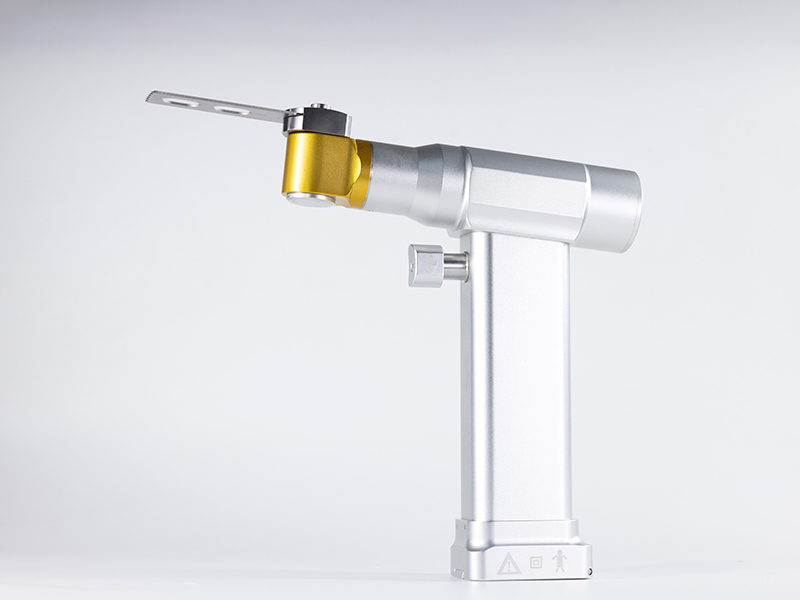How to use a medical swing saw for artificial knee replacement surgery

How to use a medical swing saw for artificial knee replacement surgery? The following text introduces to you:
1. Target audience: patients over 50 years old with primary osteoarthritis and rheumatoid arthritis.
Secondary osteoarthritis, joint destruction, severe functional impairment, and stable condition. Patients with purulent arthritis, tuberculous arthritis cured for more than 2 years, and non functional knee joint stiffness.
2. Preoperative preparation. Good cardiorespiratory condition, able to tolerate surgery. No tinea pedis or other infectious lesions in the limbs.
Preoperative guidance for patients to undergo quadriceps functional training. Preoperative X-rays were taken of both knees in an upright position, and an artificial knee joint was selected to measure the thickness of the osteotomy from the lower limb force line. Intravenous injection of antibiotics two days before surgery. Artificial knee replacement material.
3. Surgical anesthesia with continuous epidural anesthesia or general anesthesia.
4. The patient is in a supine position and is wearing a tourniquet.
5. Surgical procedure: The surgery uses a midline incision in front of the knee, usually from 6-10 centimeters above the patella to 1-2 centimeters below the tibial tuberosity. Cut open the skin, subcutaneous tissue, and deep fascia, and release the skin flap on both sides below the fascia to expose the insertion points of the quadriceps tendon, knee bone, and knee ligament. Cut open the quadriceps tendon on the medial edge of the thigh using a medical swing saw, and then slide downwards along the medial side of the knee bone. Peel off one-third of the knee bone ligament insertion point to flip the knee bone outward. Remove a portion of the subcutaneous fat pad and meniscus of the knee, cut off the anterior cruciate ligament, and remove the synovial membrane and anterior osteophyte that have proliferated in the knee joint.
Further dislocate the tibia forward, remove the remaining meniscus, and perform soft tissue release 1 centimeter below the joint surface, from the medial to the medial posterior angle of the tibia, and from the lateral to the middle. For patients with varus deformity, the deep layer of the medial collateral ligament and goose foot can be peeled off under the periosteum, and the proliferative osteophyte on the tibial plateau can be removed.
The above is an introduction to the use of medical swing saws for artificial knee replacement surgery. Thank you for reading.

